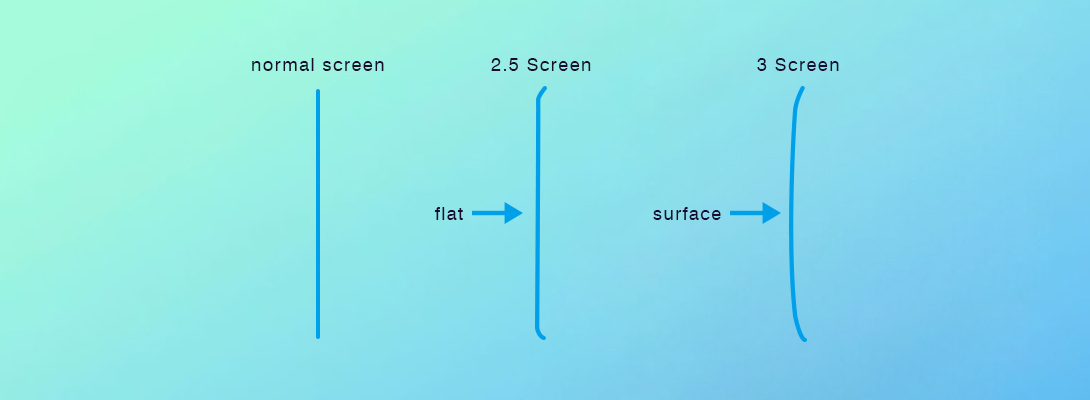The production process of tempered film has to mention the 2.5D arc edge process. The iPhone 6 uses a 2.5D arc screen, and mainstream smartphones all use a 2.5D screen design. What does 2.5D screen mean? How is it different from a 3D screen?
The 2.5D screen we usually refer to refers to some smartphones that use a 2.5D glass screen. As early as 2011, Nokia launched its first 2.5D screen phone, the Nokia N9. To put it simply, 2.5D screen means that the edge of the protective glass of the mobile phone screen adopts a 2.5D curved surface design, only the edge of the screen glass adopts a curved surface design, but the bottom screen itself is still purely flat. In layman’s terms, the 2.5D screen mobile phone is the protective glass covering the top of the screen with a 2.5D arc design. Except for the edge part that is curved and non-planar, other parts of the mobile phone screen are still pure plane.
The mobile phone tempered film of 3D screen is heated at high temperature to achieve hot bending effect, that is, hot bending tempered film, curved tempered film, and the process is more complicated than ordinary tempered film. To understand the difference between the hot bending tempered film and the ordinary tempered film, it is actually very simple. By comparing the schematic diagram of the ordinary screen, the 2.5D screen and the 3D screen below, you can see the difference at a glance.
To put it simply, an ordinary screen means that the screen is a pure plane without any arc design; the 2.5D screen is flat in the middle, but the edges are arc-shaped; and the 3D screen adopts arc-shaped design both in the middle and at the edges. , through high temperature heating to achieve hot bending effect.
Post time: Nov-02-2022

